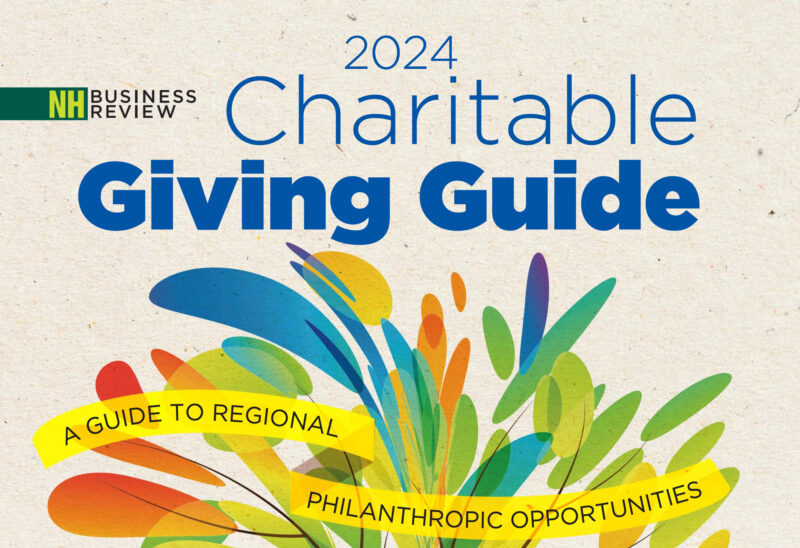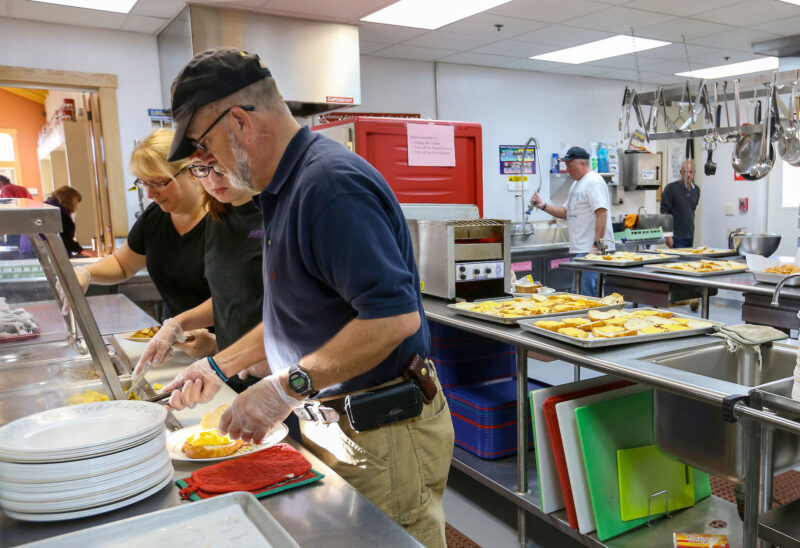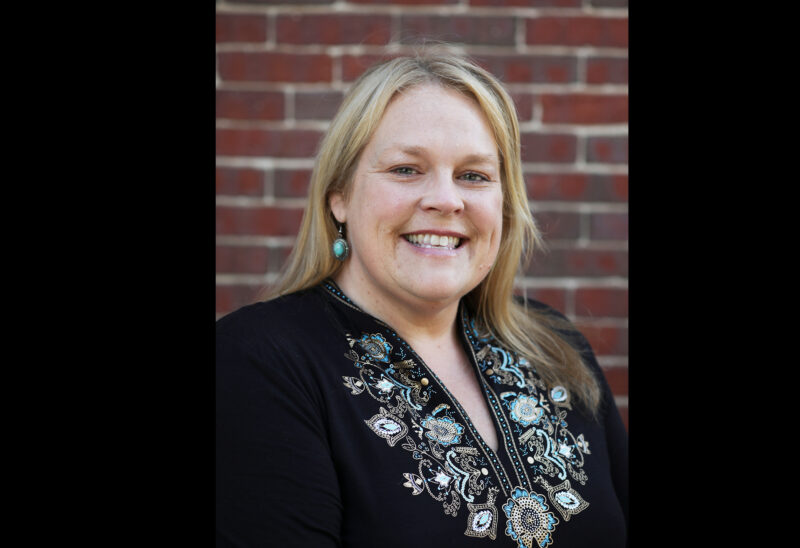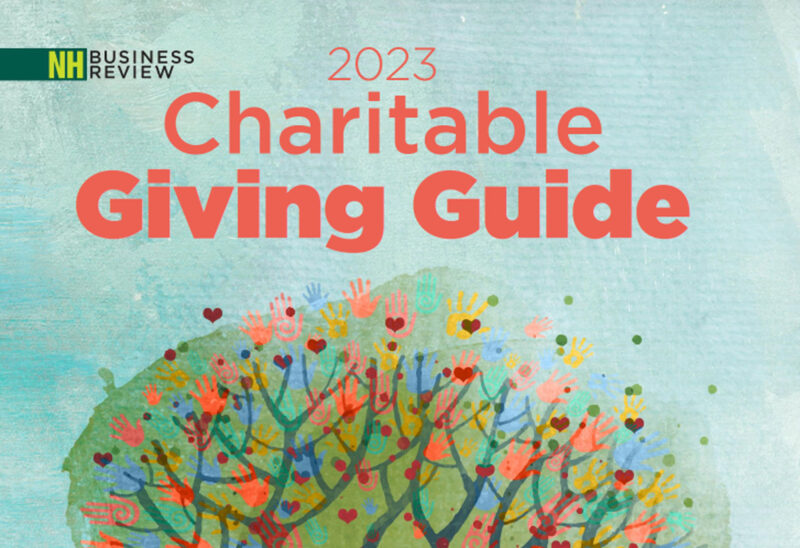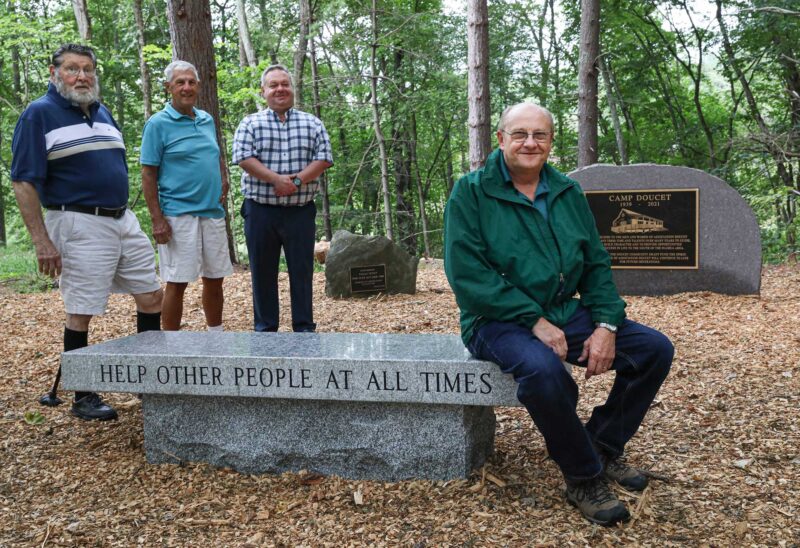If you had $10 million, what would you change tomorrow?
The answer to that question will hold powerful — and very individualized — truths for every person, family or group that answers it.
And the answer might just be the perfect jumping-off point for creating a tool that will make your giving more effective and rewarding, no matter how much you have to give.
At the New Hampshire Charitable Foundation, we are honored to work with many generous New Hampshire people, families and businesses to help them plan and maximize the power of their giving.
We often work with people through a series of questions and exercises — including a discussion prompted by the hypothetical question above — designed to help them articulate their own philanthropic values and mission statements for their giving. Amazing things happen when multiple generations collaborate on that process. Ultimately, the process makes giving more strategic, effective and rewarding.
There is acute need across almost any issue area you can name — healthcare, education, environmental protection, social justice. The amount any of us has to give cannot do everything. But it can do some things. And a clearly articulated mission statement can help you make the maximum impact possible with whatever amount you have to give.
A family’s charitable mission statement might look like this:
Our family wants to help protect the environment, create racial justice and make sure that elders have access to meals-on-wheels. So we volunteer, give to and promote organizations that work on all of those issues, through both direct service and advocacy to affect public policy.
A company’s might look like this:
We feel deep gratitude and responsibility for the communities in which our employees and customers live and work. We have decided to invest in education, in arts organizations that make our communities more vibrant and in the improvement of public spaces. Therefore, we have created a scholarship for the children of our employees, and we give to arts organizations (with particular emphasis on those that offer programs for children), and give to and organize a company volunteer day for projects that create and improve on shared public spaces.
Your charitable giving mission statement will help you:
- Clarify your purpose. A clearly-stated charitable mission statement will help you stay focused on the areas where you have decided to make a difference — and, ultimately, help you to make an even bigger difference.
- Strengthen family bonds and charitable values and traditions. Collaborating on your family or business charitable mission statement will help get everyone involved in the discussion and on the same page. This kind of collaborative and purposeful giving can help pass on a family’s philanthropic values to younger generations.
- Prioritize. The act of discussing and formulating your statement will help you identify and solidify your own priorities for where to make a difference with your charitable resources and volunteer time. Decision-making about giving becomes much simpler when you keep your priorities in mind.
- Connect. When you have identified priority areas for your giving, it becomes easier to identify and connect with the nonprofits doing great work on those issues in your community. Connecting with nonprofits through volunteer work (and opportunities abound, from board service to delivering meals to helping steward environmental resources) means developing new friendships, understanding community needs, creating deeper community connections and building a greater sense of purpose for your giving.
- Reduce stress, increase joy. When faced with competing requests from countless deserving organizations and causes, it can be easy to feel overwhelmed and stressed (and even guilty) about giving — and to spread your resources so thin that it becomes hard to understand the impact they have. Your mission statement will help you to gently turn down the requests that do not align with your priorities while embracing and giving generously to those that do — knowing you are making the biggest possible difference.
- Make an even bigger difference. Picking a few areas in which to concentrate your giving and volunteering ensures that you will make the most difference you can for the issues and organizations that matter most to you.
Always remember: your charitable giving mission statement is a living, breathing document. Your priorities may shift — according to community need, family situation, current events. Revisit your statement every so often to make sure it still fits, and is still helping you make the difference you want to make — with whatever amount you have to give.
The New Hampshire Charitable Foundation helps generous individuals, families and businesses maximize the power of their giving, connects donors with high-impact nonprofits and programs, and leads and invests on important initiatives for the state. To learn more, contact Laura Rauscher, director of philanthropy, at 1-800-464-6641 ext. 274 or Ynhen.Enhfpure@aups.bet.
This article originally appeared in the New Hampshire Business Review 2019 Charitable Giving Guide: A guide to regional philanthropic opportunities.

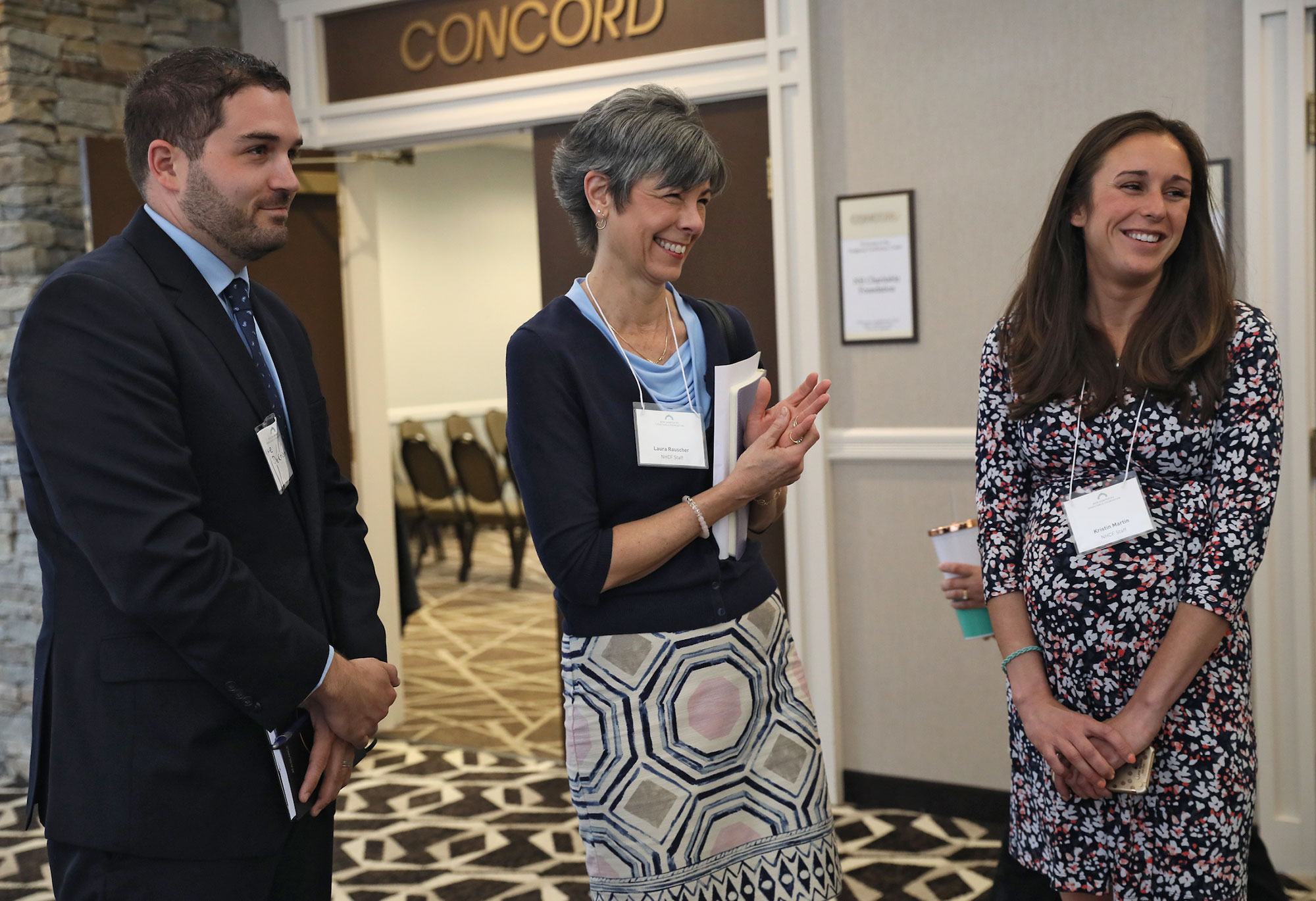






![Oluwakemi Olokunboyo of Dover received a McNabb scholarship to study nursing at Great Bay Community College [Photo by Cheryl Senter]](https://www.nhcf.org/wp-content/uploads/2024/05/Scholarship-Hero-800x548.jpg)
![Indrika Arnold, Senior Wealth Advisor, the Colony Group [Photo by Cheryl Senter]](https://www.nhcf.org/wp-content/uploads/2024/05/Indrika-Arnold-Hero-800x534.jpg)



